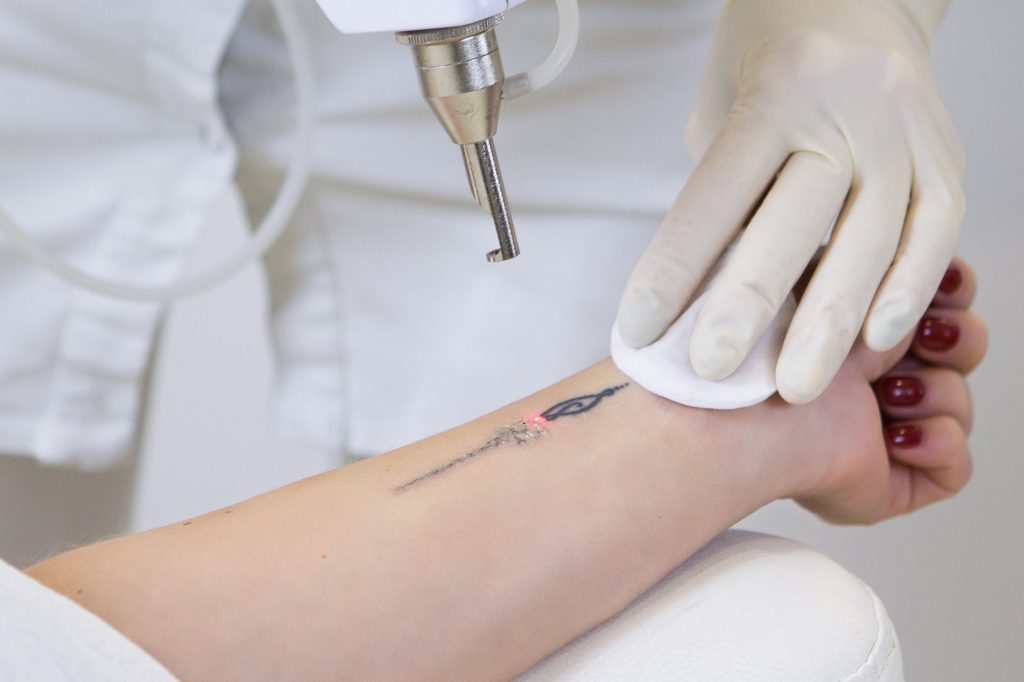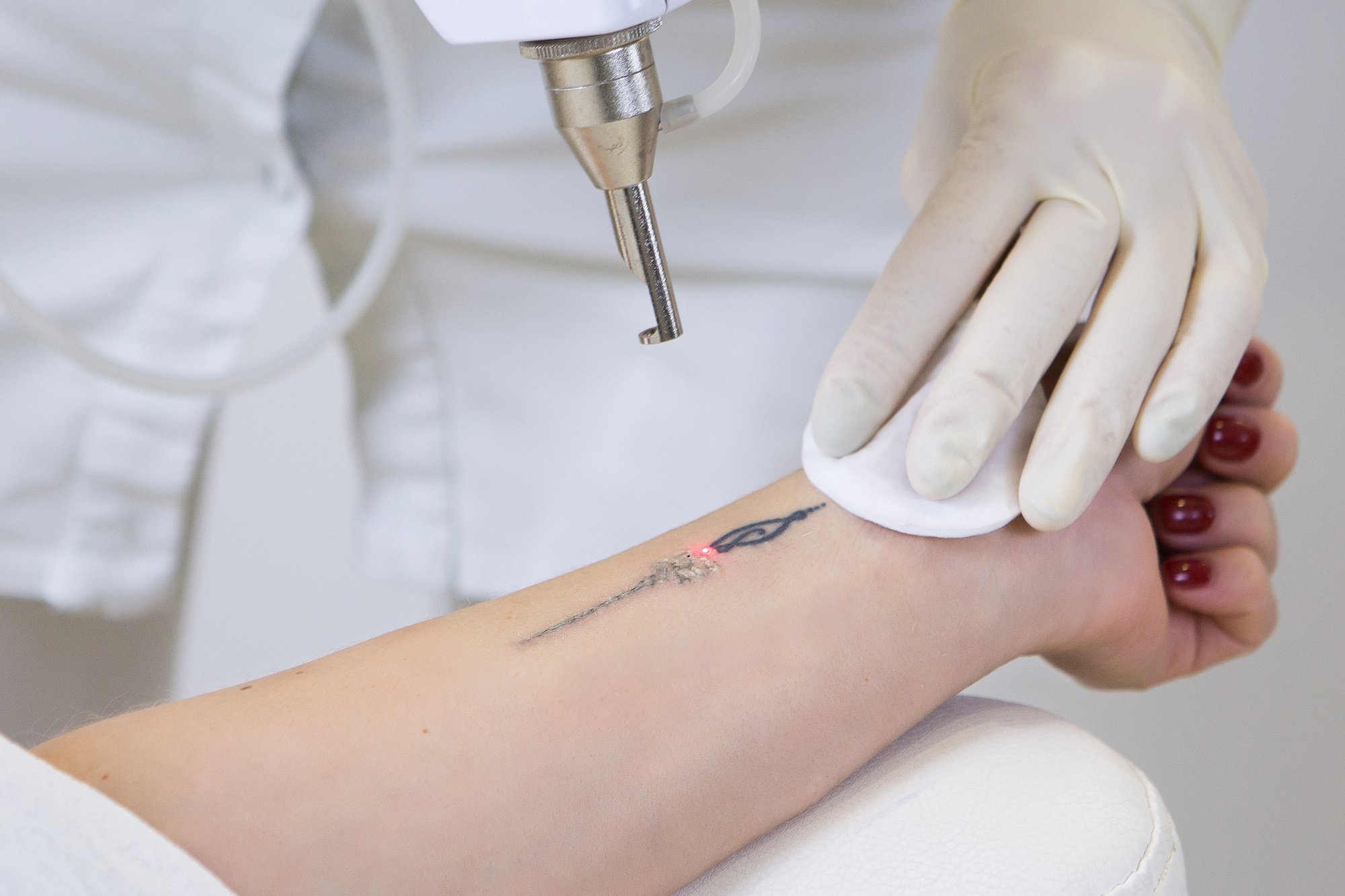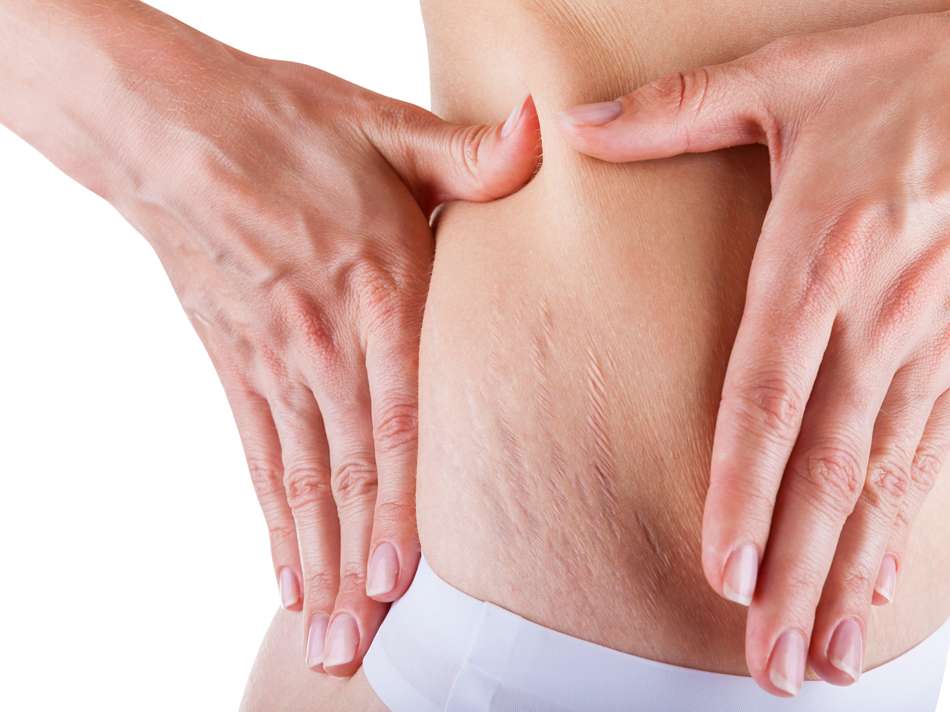Laser birthmark removal
Any mark, spot, or bump that is present in or around the time of birth on the skin of an infant is a birthmark. Mothers are fond of giving these rather romantic names such as angel’s kisses, stork bites, or beauty marks. Most of these lesions are not particularly esthetically desirable.

Laser tattoo removal
Lasers are the most common method of tattoo removal performed today. Tattoos consist of thousands of particles of tattoo ink suspended in the skin. The normal human immune system typically removes small foreign particles from the skin. Tattoo ink particles are too big to be removed by this system and are thus considered permanent. The use of lasers helps to break up these particles into smaller pieces that can be removed by the immune system.
Laser treatments work by targeting the ink particles in the skin with highly concentrated light waves that heat up the ink particles and cause them to fragment into smaller particles that are able to be cleared away by the body’s immune system.
How it works
Lasers remove tattoos by breaking up the pigment colors with a high-intensity light beam. Black tattoo pigment absorbs all laser wavelengths, making it the easiest color to treat. Other colors can only be treated by selected lasers based upon the pigment color.
You should first schedule a consultation with a trained professional who can evaluate your tattoo and advise you on the process. The number of treatments you will need will depend on the age, size, and color(s) of your tattoo. The color of your skin, as well as how deep the tattoo pigment goes, will also affect the removal technique.



